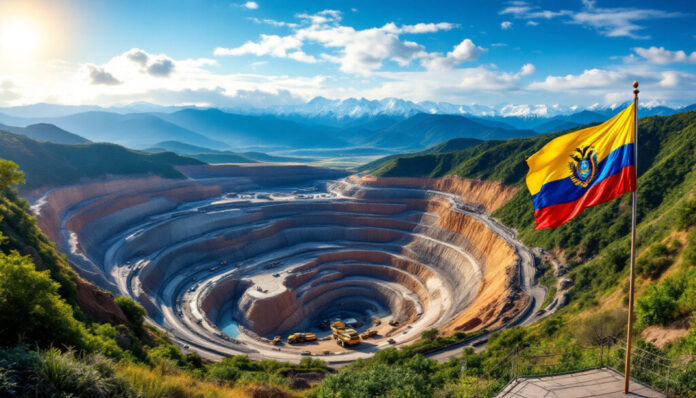Ecuador has reopened its concession registry for the first time since 2018 to attract new mining investments and control illegal operations.
The Ministry of Energy and Mines announced the relaunch on Monday, saying the registry will be rolled out in phases starting with small-scale non-metallic mining.
The previous registry was closed in 2018 due to concerns over irregularities in the concession system, and no new concessions have been granted since then.
Mining Minister Ines Manzano said the new system, called the National Mining Cadastre, will help organize mining concessions with more transparency and efficiency. She added that regulation is needed to secure investment and ensure environmentally and socially responsible development.
The first phase of the registry will cover materials like limestone and clay, which are used in cement and ceramic production. The next phase, covering small-scale metallic mining, will begin in September. Other types of mining will be included starting in 2026.
The relaunch follows a mining decree issued in October by President Daniel Noboa, who is pushing to reduce illegal gold mining while also boosting economic growth. Ecuador mainly exports copper, gold, and silver, with mining exports reaching over $3 billion last year.
Despite having major mineral resources, Ecuador has struggled to grow its mining industry compared to neighbors like Peru and Chile, largely due to opposition from indigenous groups and court rulings.
The government has also proposed new mining fees based on project size and type. On Monday, spokesperson Carolina Jaramillo said talks with industry representatives are ongoing.























